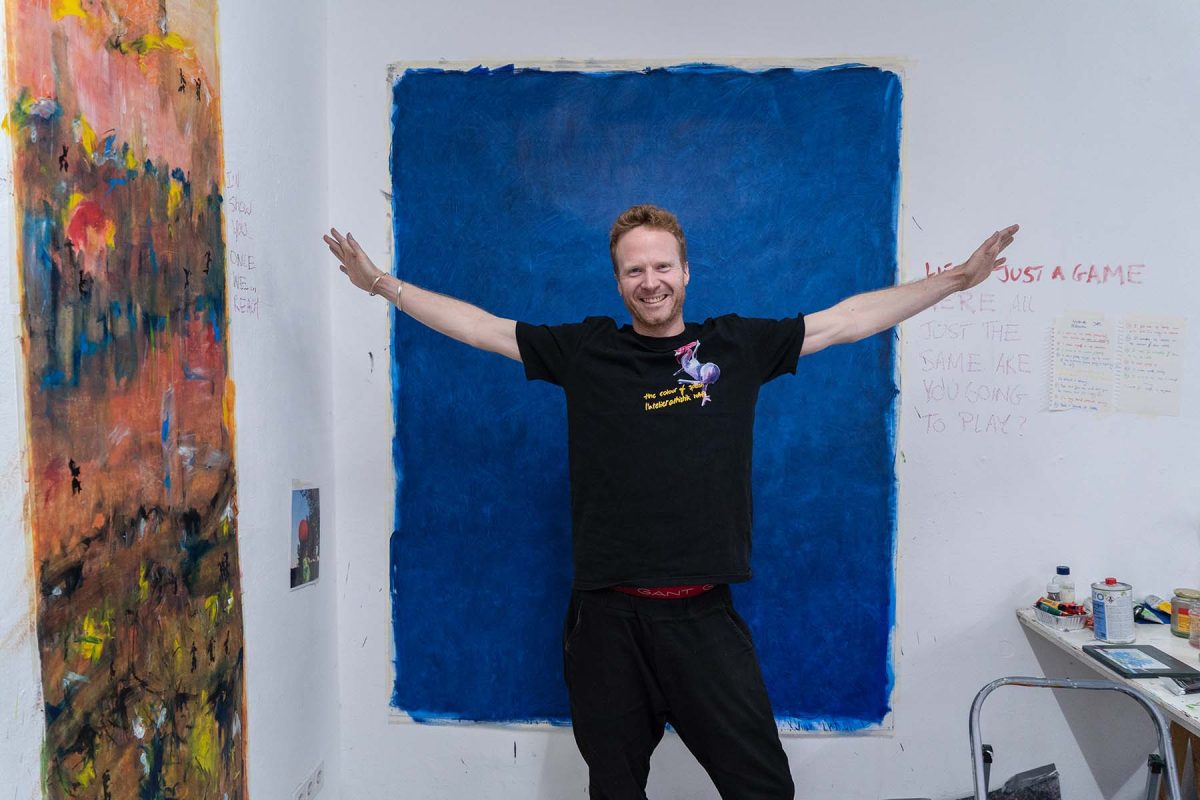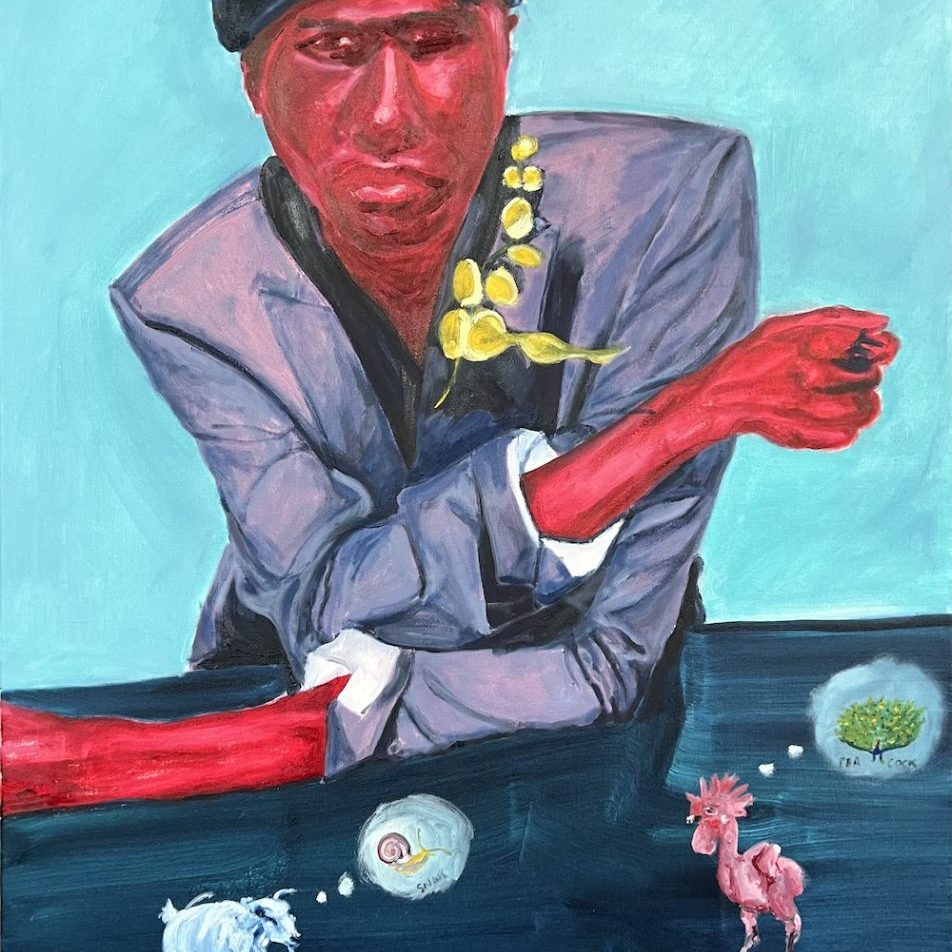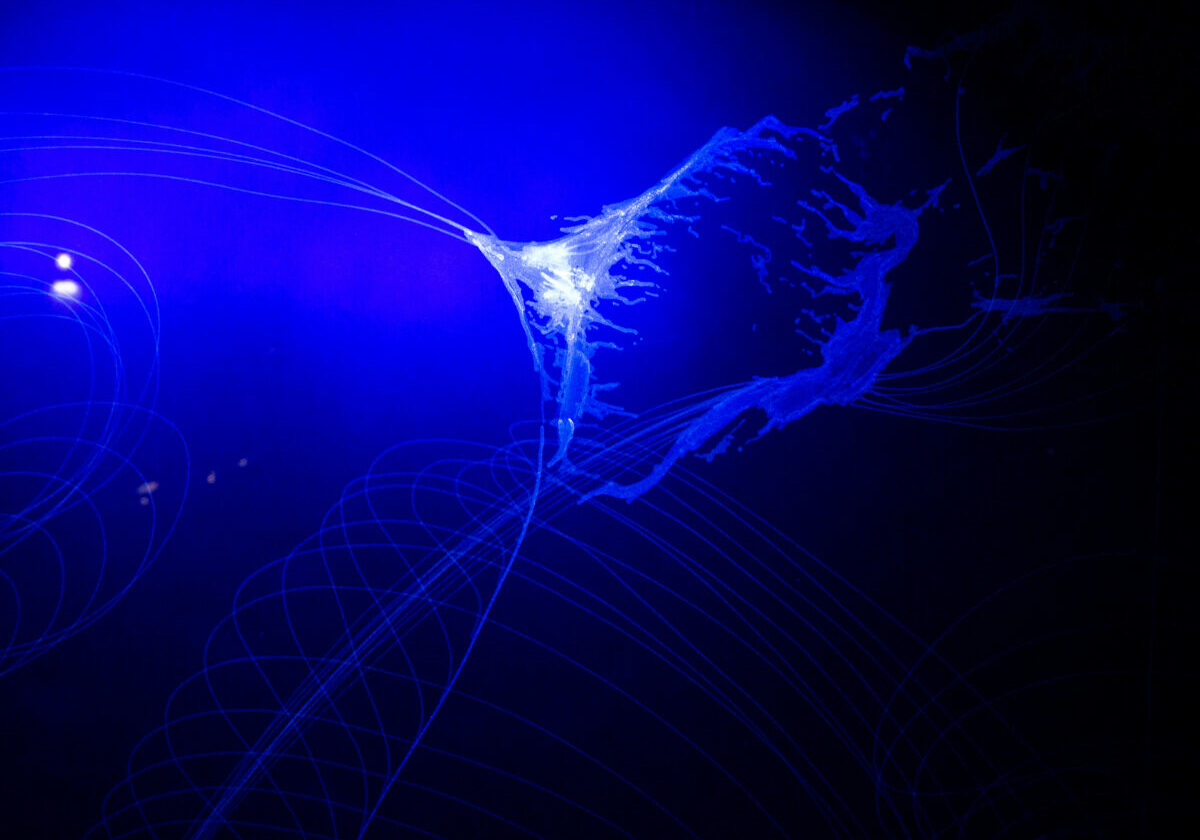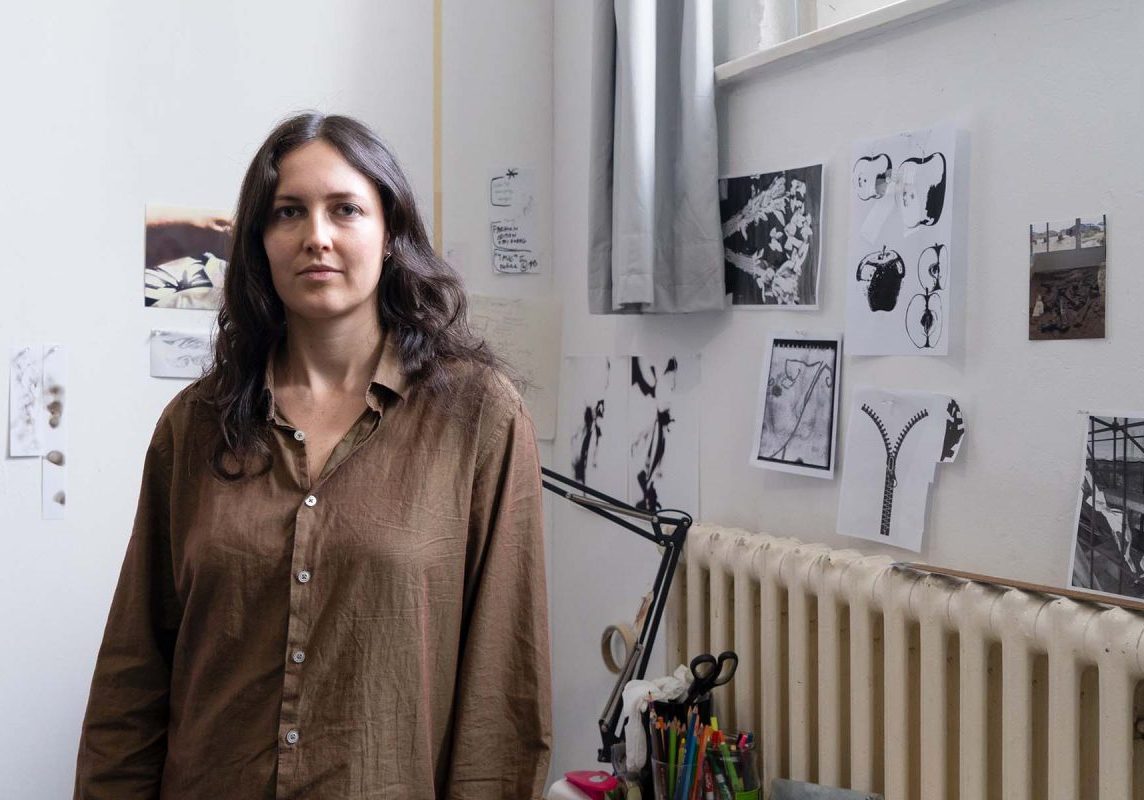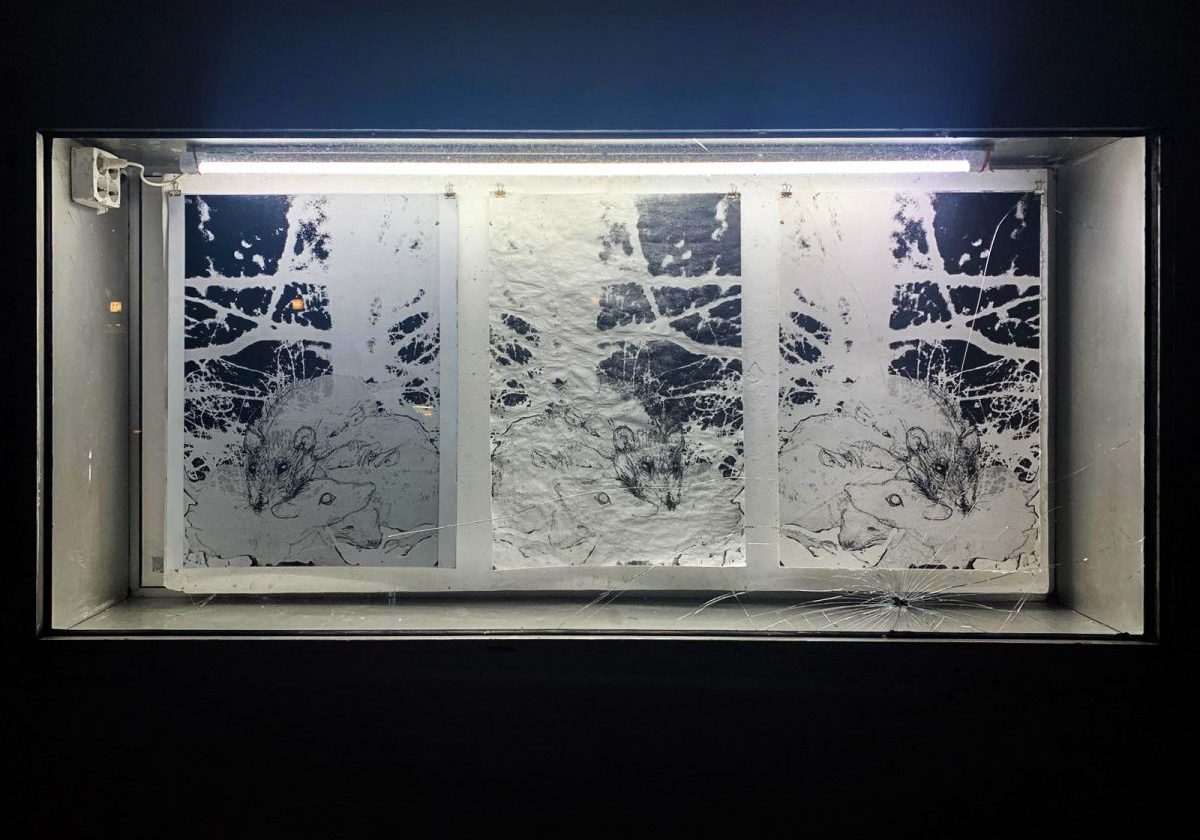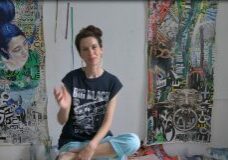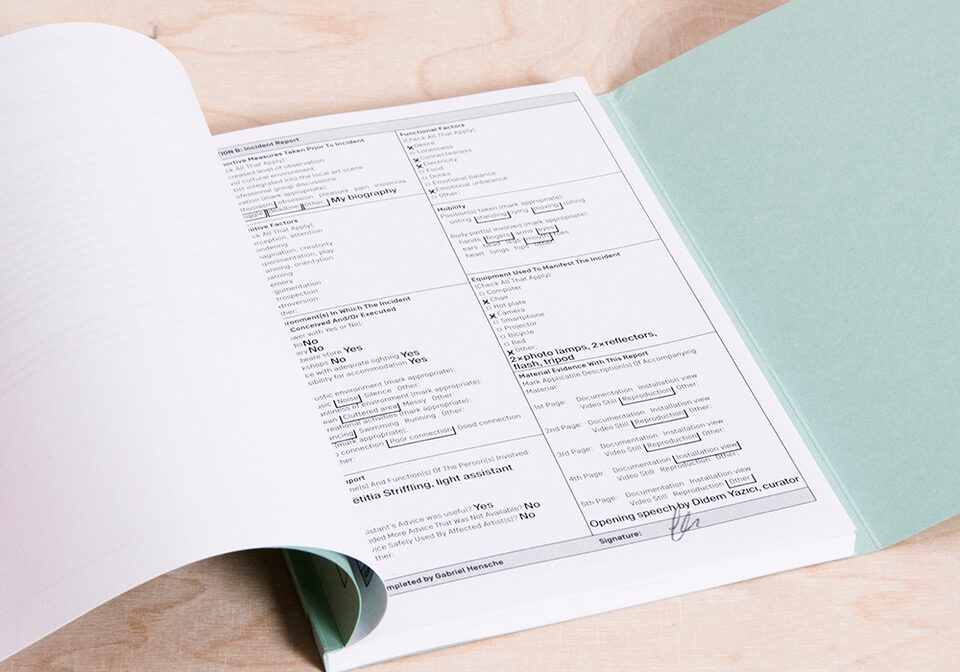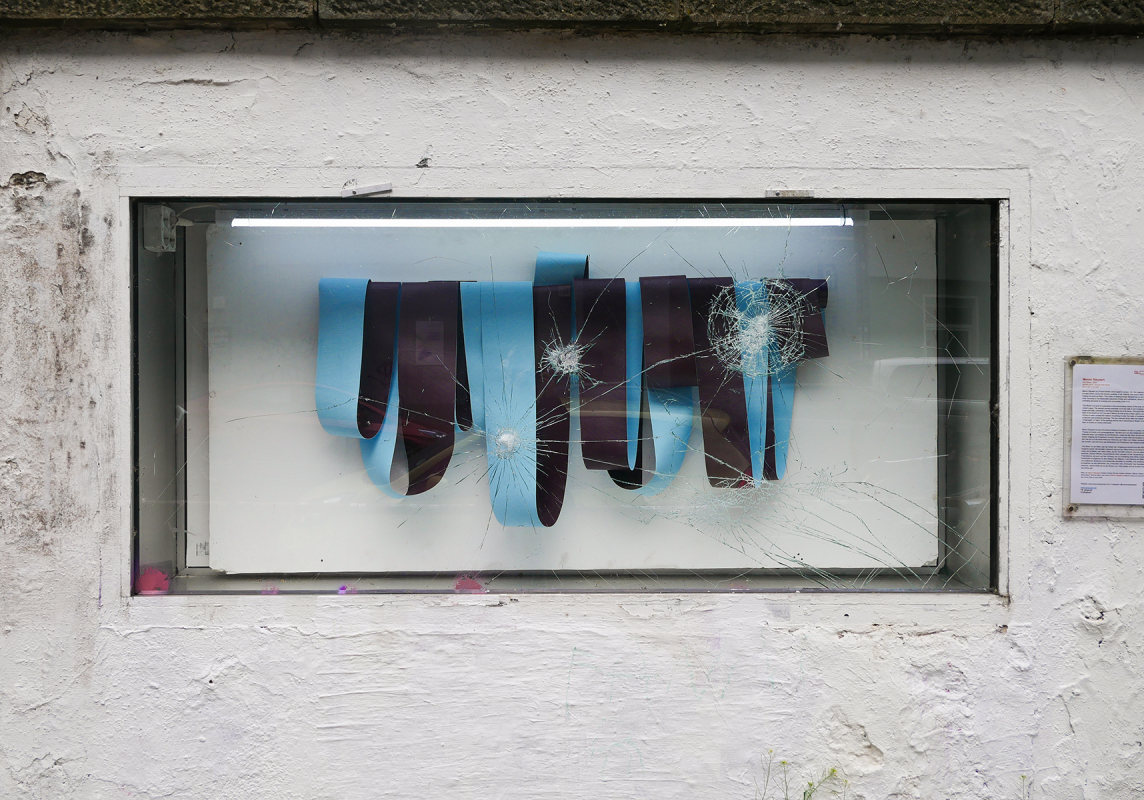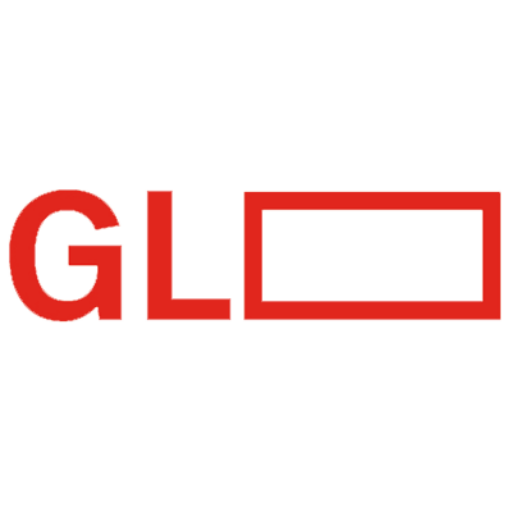Meet the Artist // Nicholas Ferguson
Introducing Nicholas Ferguson, an artist with a profound belief in humanity’s capacity for superhuman feats, who expresses his vision through playful and occasionally provocative illustrations of life. With a keen sense of humor, he often playfully pokes fun at himself, societal norms, and the quirks of the human experience. Through his artwork, Nicholas invites viewers to reconsider how they perceive the world.
His creations, painted in oil and accompanied by poetry, emerge intuitively from moments of inspiration, whether sparked by an image, an experience, or a revelation about human behavior. Nicholas’s work reflects the boundless power of imagination to shape our reality.
Would you want to give us an introduction about yourself?
My name is Nicholas Ferguson. I’m an artist, I’m a storyteller, a painter, a poet and an occasional collage maker. I’m based in London and I’m British and Swiss.
I’d say that my pieces are colorful, expressive, occasionally provocative, not always. I like to bring humor into what I create and I like people to walk away thinking or feeling something different than when they start, before they see my work.
I tend to explore what it means to be me and what it means to be human. It’s always an exploration of different ideas that have either come to me intuitively or from conversations I’ve had with people I’ve met or just from my observations in society. I don’t like to give people answers, I like for them to come away with questions and for them to think. I believe art is about making people think and feel differently.
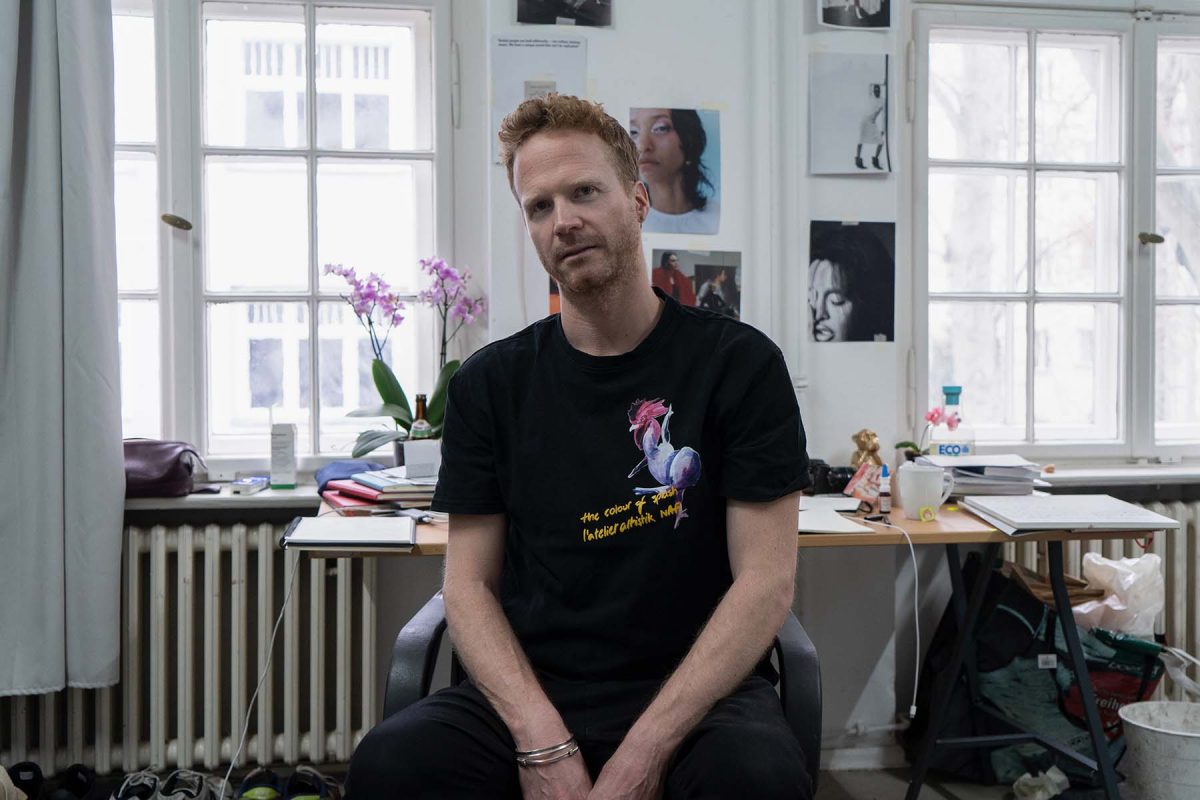
What inspires your work?
There are certainly artists that have inspired me in the past. I like the work for different reasons, some stylistically, some for their messages. For example, I was drawn very much to Francis Bacon when I was much younger and I still am drawn to his work for his ability to catch a movement in paint, but also for his exploration of darkness and sexuality and sexual nature as well. I was a big fan of Lucian Freud as well, who again was an amazing portrait painter. So you’ll see some of that come through when I paint.
I like to explore abstract work, but it usually tends to be figurative and those artists do come through. Even though I find it a bit obvious in some ways, I love the work of Basquiat and Warhol.
Warhol, because he had a similar background to me in so much as he came from an advertising perspective, and there’s a commonality between advertising , or at least, , marketing and branding and painting in so much as my goal is to make me feel different. And in the case of advertising, it’s to make you buy into a product, but in the case of art, effectively, I’m also trying to get you to buy into my product. Whether you buy my product or not, I’m trying to get you to buy into my perspective and what I feel.
Basquiat, on the other hand, I felt like he was very revolutionary for his time. He was a street artist, sure, but he was also exploring what it meant to be a black man in a very white art world. So he was pushing boundaries and he knew how to play those games to a degree, but his work wasn’t appreciated.
I mean, it became appreciated while he was alive, but it’s very much become appreciated since he’s passed away. Other artists, I quite like the work of Philip Guston. Again, for the same reason, he explores spirituality and also had a bit of a rebellious context in his work.
And then just another name that comes to me is Marina Abramovich. So a completely different world, much more conceptual, but I think she really removes the barrier of ego. So there’s no Marina Abramovich left. She’s just purely expressing what it means to be an artist, whatever that looks like, to the degree that she’s willing to hurt herself. So there’s no ego whatsoever and I love that about her.
On the other hand, pop culture has an extreme impact on my work. I come from a marketing background, as I mentioned, and I love brands. I love culture, essentially, in all of its shapes and forms. And so it really depends on what I’m working on, but in a collection that I had at my first solo exhibition in London last summer, which was called Perspectives, that was all about how our perspective shapes our reality. It was about bringing pop stereotypes, Western stereotypes, into my art so that there’s an immediate recognition from the audience that will bring ideas and thoughts to that person who’s looking at it. Preconceived ideas, but then there’s a juxtaposition with whatever is going on in the painting.
I think our imagination creates our reality. So whatever we imagine becomes true, because we imagine it and then we act on it, we take action. So there is an element of questioning what’s happening today, and how we see the world today. And then at the same time, yes, there is an element of suggesting how the world could be.
And that comes back to the childhood, childlike element again. It’s like if you’re told, as soon as you’re told you can’t do something, then your world shrinks. And as a child, before you’re told you can’t do something, your world is huge.
And it’s only when you’re told you can’t do things that your world becomes smaller and your imagination becomes smaller. And so that’s again what my work is about, is opening that up again, and letting people be more curious and playful. Society shapes people. And we co-create society. But at the same time, I feel us artists often don’t fit because we choose not to, or because we can’t.
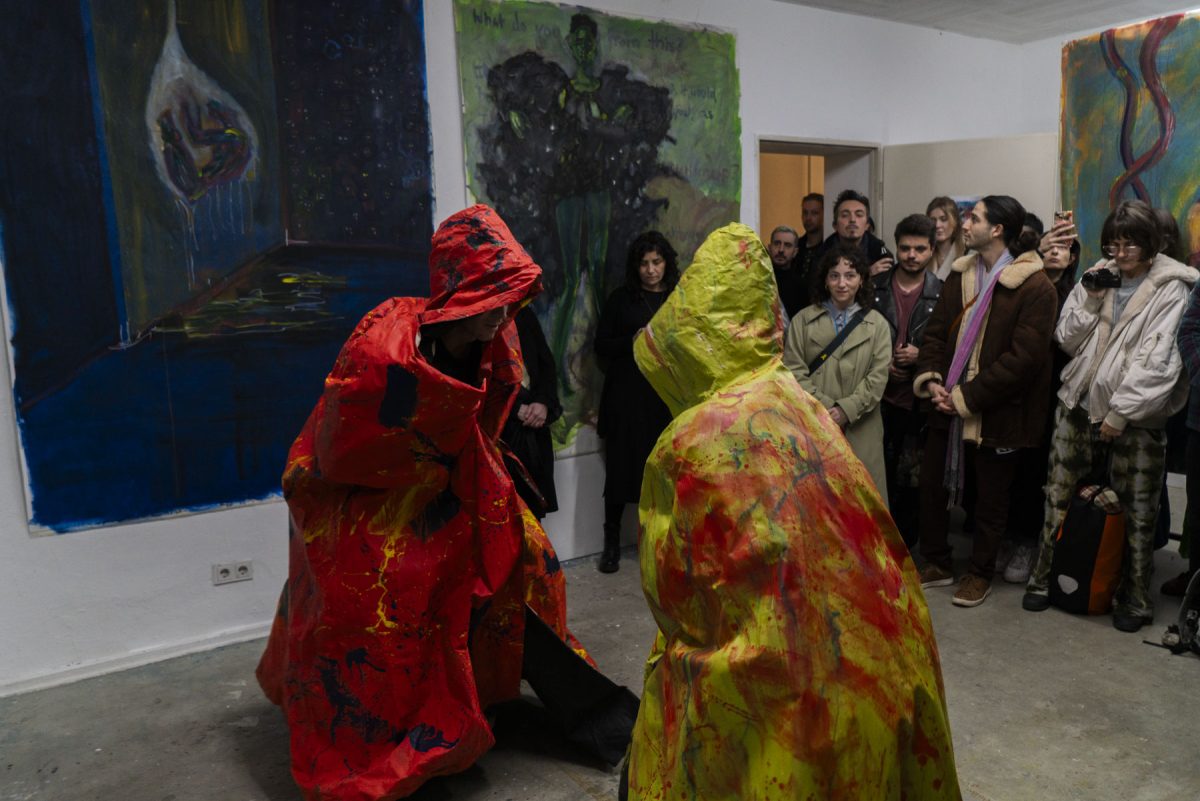
How did your artistic journey begin?
This is a good question. I’ve always, it’s funny, I have a younger brother who’s two and a half years younger. And my brother and I used to spend a lot of time drawing, we had very inventive imaginations. It was a way for me to express myself and as a way of escapism.
In school, I did really well in art but then I was advised against going into the art world because I should get a normal job. So I studied hospitality, which is about people. So there’s parallels. And then I went into marketing, as I mentioned, but I always worked on my art on the side.
What do I mean by that? I painted. And I used to find that I paint particularly when things have happened that caused emotional reactions. So when I lost a job, or when something happened with a partner, or whatever it might have been, I put my emotion into painting. I experimented with different fields like fashion design, architecture, improv, ceramics… But I always came back to painting, painting and writing. Painting and writing are my two constants. Though I always take inspiration from other spaces.
And so coming back to your question, I’d say it was COVID really, I was starting to get itchy. I was like, I need, you know, it’s like the soul wants what the soul wants. And I just wanted to come back to the freedom of art. I applied for an exhibition in London, I got in with a piece and I won an award. And it was breadcrumbs like that, that led me to where I am today, where I’ve decided to pursue the role of a professional artist.
And it was at that point in time that I decided, I need to do something that actually makes me feel alive and is meaningful to me. So that was the moment that I really decided.
How does the city of Berlin influence your production?
I’ve been to Berlin a couple of times before GlogauAir. And I found something interesting about the city, its rawness, particularly in winter, as is the case now, it’s quite a harsh environment to be in.
It’s actually been an interesting experience for many reasons, because there’s so much to do here. That it can be quite overwhelming, because on a number of levels, and I think it’s the history that provides that depth, because there are so many layers to this city, from the Prussian Empire, to Weimar Germany, and how forward thinking and liberal the Weimar Republic was before the Second World War. Then, you know, Nazi Germany, and the idealism that came with that, and the horrors that came with that as well. And then communism that came after that, with the idealism that came with that, and then the horrors that came with that as well. And since then, there’s this return to a form of liberalism, counterculture, which is, I think, an expression of all this history that’s taken place, that allows people to be themselves, and to express themselves, and to go against the grain. And I think that is what this opportunity is giving me, is the opportunity to really be with myself, and express what I need to express.
And I recognize in my art, there have been times when I’ve been mentally involved with what I’m creating, versus spiritually involved. And so I find that when I’m mentally involved, the impact on the audience is less, as to when I’m spiritually involved. And so how do I become more spiritually involved? By being more me and Berlin it’s the perfect place to be yourself.
How are other residents, or other artists in Berlin affecting your production?
It’s been a real privilege working with other artists in the same environment. It provoked conversations, and that is so helpful for me to learn about myself, and the reason why I create. You are constantly learning how other people work, and how they treat their practice.
There’s an osmosis, like an absorption of inspiration. I’m like, oh, yeahEven if we haven’t talked to each other, there are similar ideas coming through, and that’s really quite special.
For example I was really inspired by our Guest artist, Miriam and she’s a very different artist to me. She works with material, fabrics and 3D elements. When she showed me her studio, she had these beautiful two-dimensional photos on her desk, and they are all arranged in a certain way, and I just wanted to take a photo of it. And it’s funny, because I’d been looking for a collage of nudes for a long time and there it was. So it just made sense, it was just like, perfect.
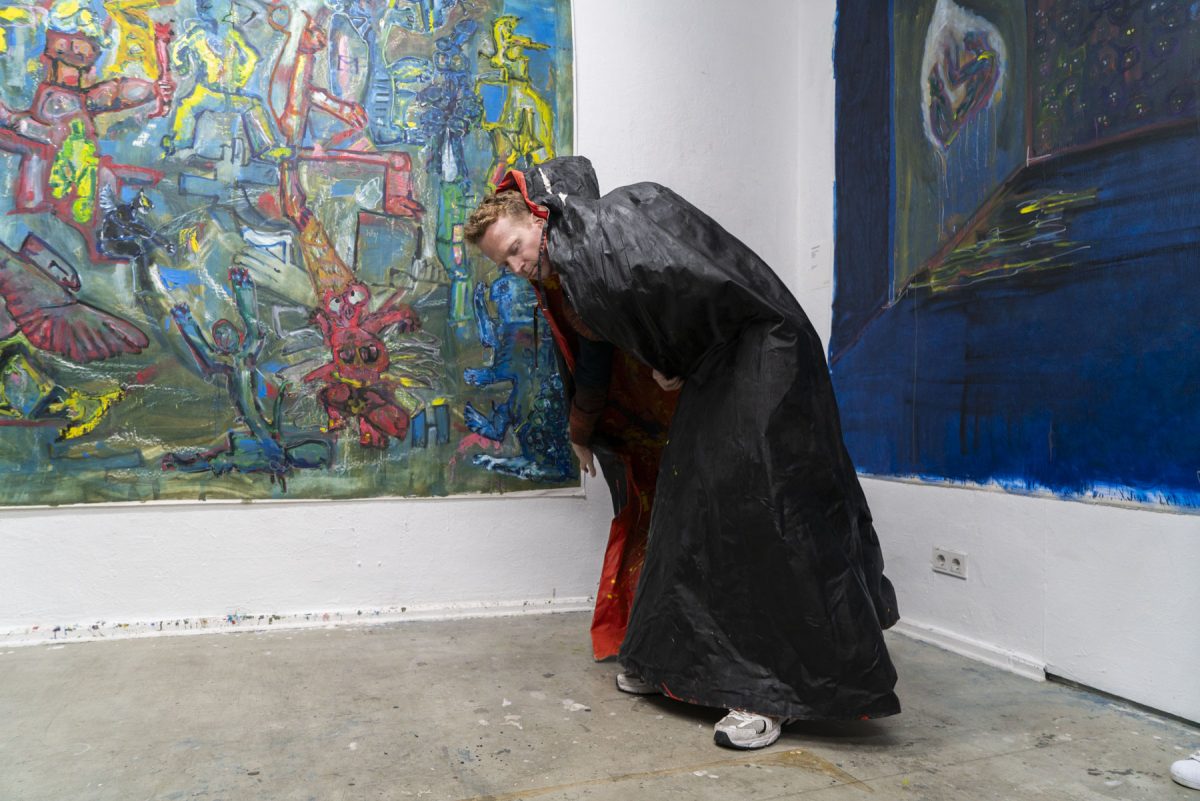
And why did you decide to come to GlogauAIR?
It was March last year, I think, I was looking at a number of different resources to further my art career and a residency was on my mind. And I actually came across GlogauAIR, and I was like, this looks different, cool, intriguing and structured. I liked the work of artists that had been here before. And Berlin was another interesting factor to it, but also Chema and his story.
So I applied, and I kind of forgot about the fact that I’d applied. Six weeks later, I heard from Mariona that I was accepted. After being accepted, I started mentioning GlogauAIR in my circles, and I was surprised because people knew about GlogauAIR and told me it was a good place to be.
It’s funny how sometimes you find things at the right time. And I think the caliber of artists here, the curators, the team is great, everybody’s really supportive. And even though it is so structured, it’s very much about self responsibility, at the same time. It’s very much about taking self responsibility as an artist, which is basically what you have to do if you want to be an artist.
And what are your plans afterwards?
I’m not, I’m purposefully not focusing on plans, because I know my plans will evolve. At the same time, I will most likely go back to London initially, and then regroup. And I heard somebody once say that once you’ve spent time in Berlin, it gets in your bones, and it doesn’t go away.
So I wouldn’t be surprised if at some point in time, I come back to Berlin, I will be looking at other residencies, because I found this really valuable. And I’ll be looking at my work and how I can create more inspiring work and present it and share it.
